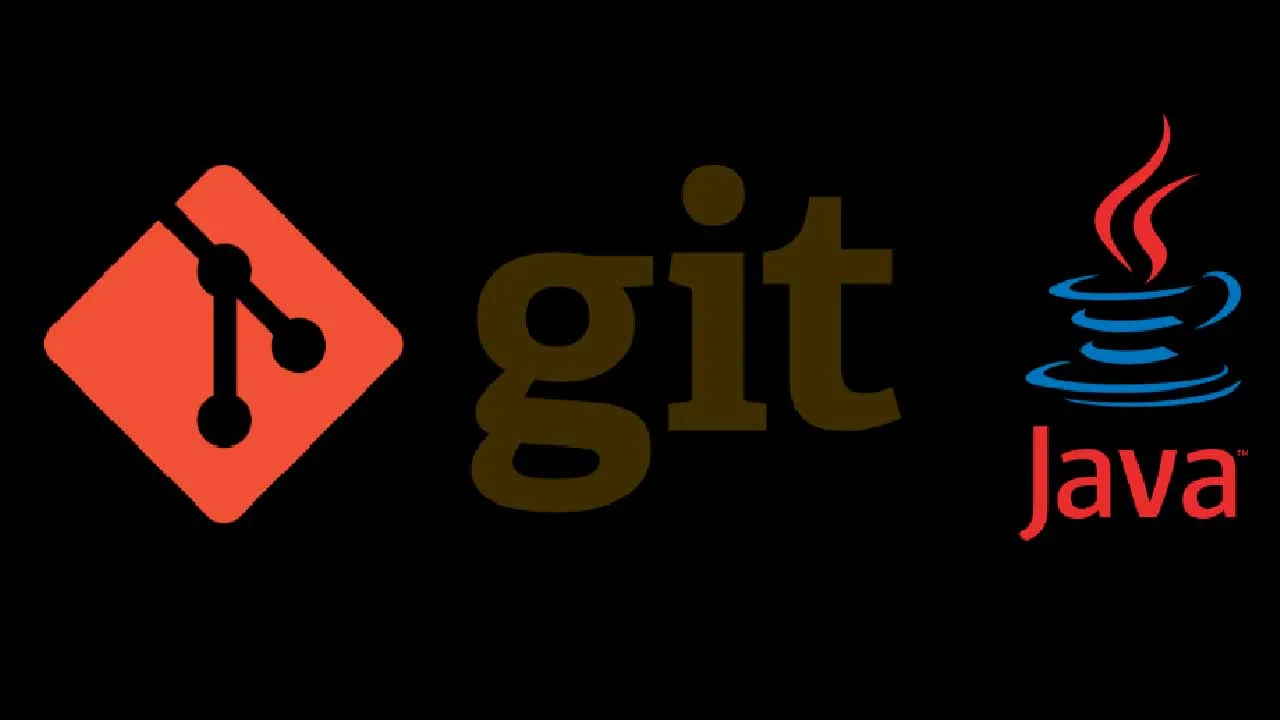Managing different file versions of a file can be a hassle. It can become a storage hog and can also make file management difficult. To solve such a problem, a version control system is used. It is a way to track changes in the file and make versions out of it, allowing us to revert to a specific version as needed. One such version tool is git, which can be used to manage file versions in folders. Here in this article, you will learn how to integrate git in your software to manage versioning from within your application in java.
Before diving deep into the technicalities, you need to know a few basic things about git. In git, a repository is a folder in which the file versions are managed. Every version is saved in git through a commit. Also, a completely different version line can be created which we can call a branch. The branches can be created from any commit or any other branch. To understand more about how git works you can check it out here.
In this tutorial, we will be using the Java interface of git called JGit, an eclipse-backed community.
JGit has two basic levels of API: plumbing and porcelain. The terminology for these comes from Git itself. JGit is divided into the same areas:
- porcelain APIs — front-end for common user-level actions (similar to Git command-line tool)
- plumbing APIs — direct access low-level repository objects
#spring-boot #version-control-system #git #java #file-sharing
